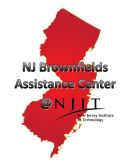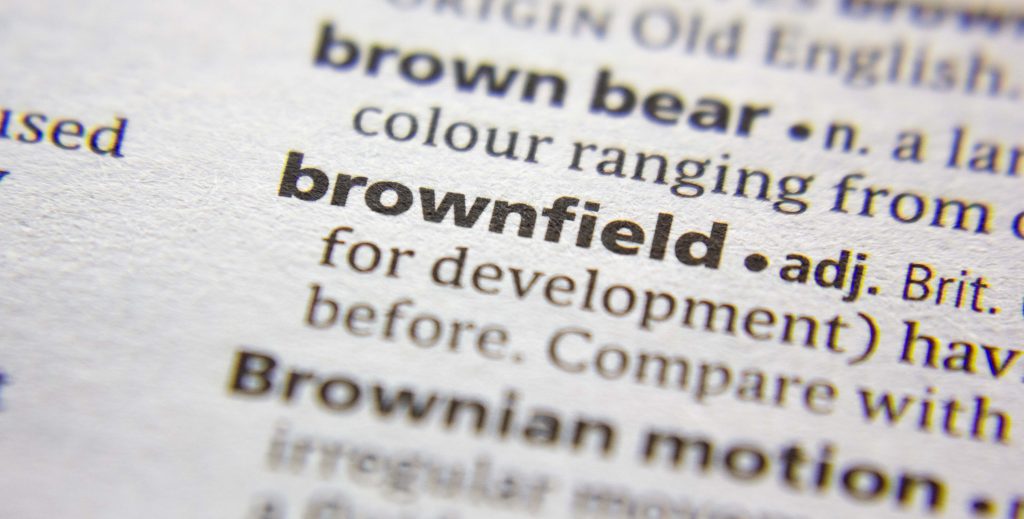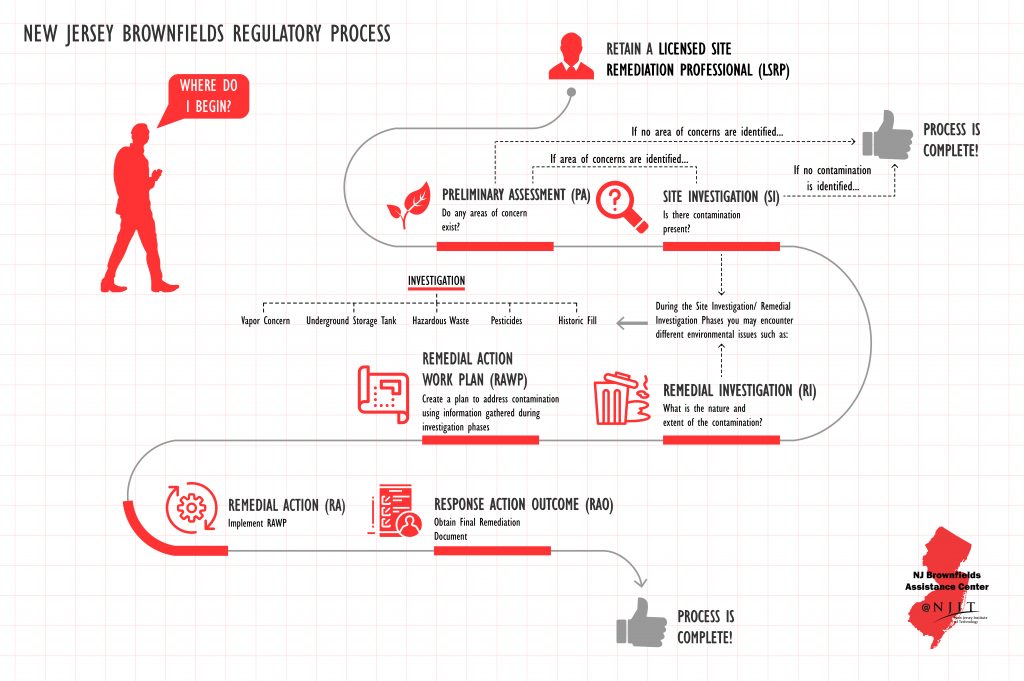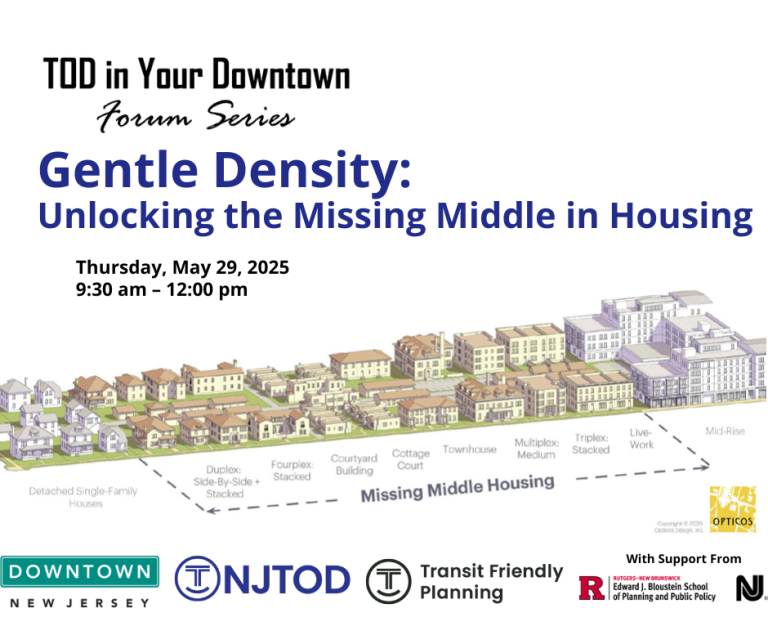Colette Santasieri, PhD
Executive Director, NJ Brownfields Assistance Center @ NJIT
January 14, 2021
Many New Jersey downtowns contain vacant or underutilized commercial and industrial properties that are contaminated or perceived to be contaminated based on past uses and building materials. These ‘brownfields’ include former factories and mills, closed gas stations and auto repair shops, former dry cleaners, and other land uses. The redevelopment of brownfields are unique opportunities for New Jersey’s downtowns – to spur economic development, generate jobs, increase property values, reduce sprawl, and develop community needed assets such as mixed-use development, retail, health care facilities, and entertainment venues, just to name a few. Before these properties can be placed back into productive reuse, they must navigate the New Jersey regulatory process that ensures contaminated sites are properly remediated and rendered safe for redevelopment.
It is commonly said that the redevelopment of a brownfield site is like any other real estate development, with a twist. That twist is the potential for contamination of soil, water, and indoor air, as well as hazardous building materials. Prior to redevelopment, the property must go through a process to determine if contamination exists, and if so, the appropriate way to deal with that contamination. These necessary environmental investigations, as well as the remediation of contaminants, add time and expenses to the typical real estate development process, but are essential to safe guarding the public. Provided below (and shown on the graphic) is a brief overview of the journey a brownfield travels to render it safe for reuse.
 For more information about the regulatory process, or any other brownfield related topics, contact Colette Santasieri, PhD, Executive Director, at santasieri@njit.edu or visit our website: www.njit.edu/njbrownfields.For NJ county and local government entities seeking free brownfields guidance, contact njbrownfields@njit.edu.
For more information about the regulatory process, or any other brownfield related topics, contact Colette Santasieri, PhD, Executive Director, at santasieri@njit.edu or visit our website: www.njit.edu/njbrownfields.For NJ county and local government entities seeking free brownfields guidance, contact njbrownfields@njit.edu.



